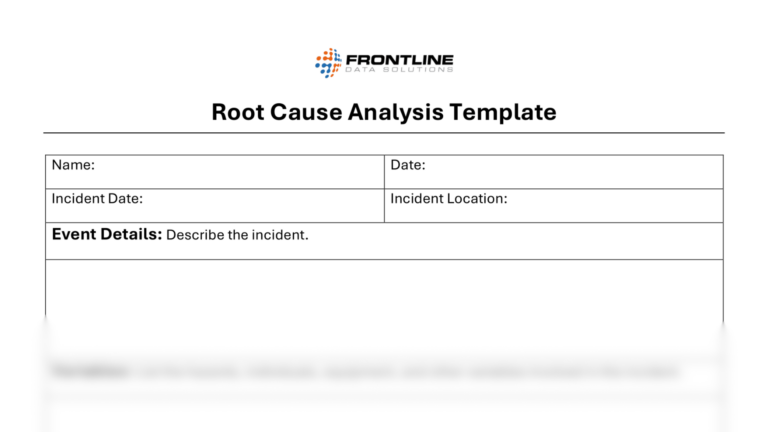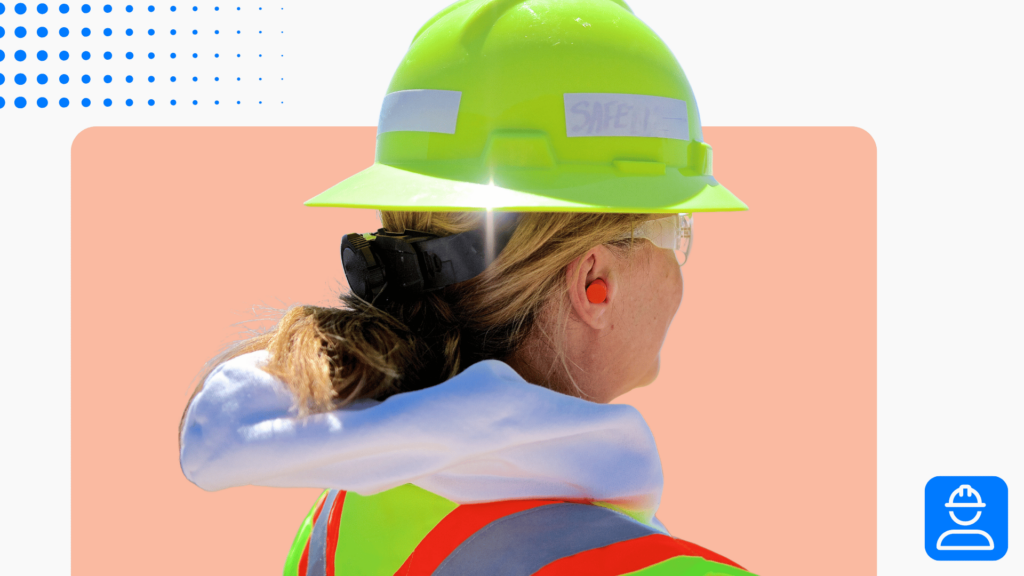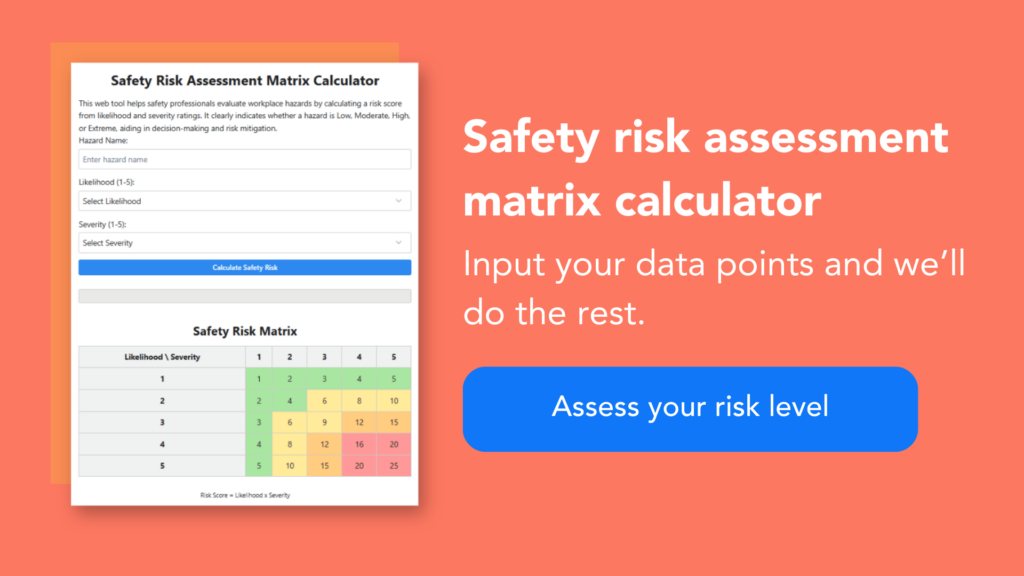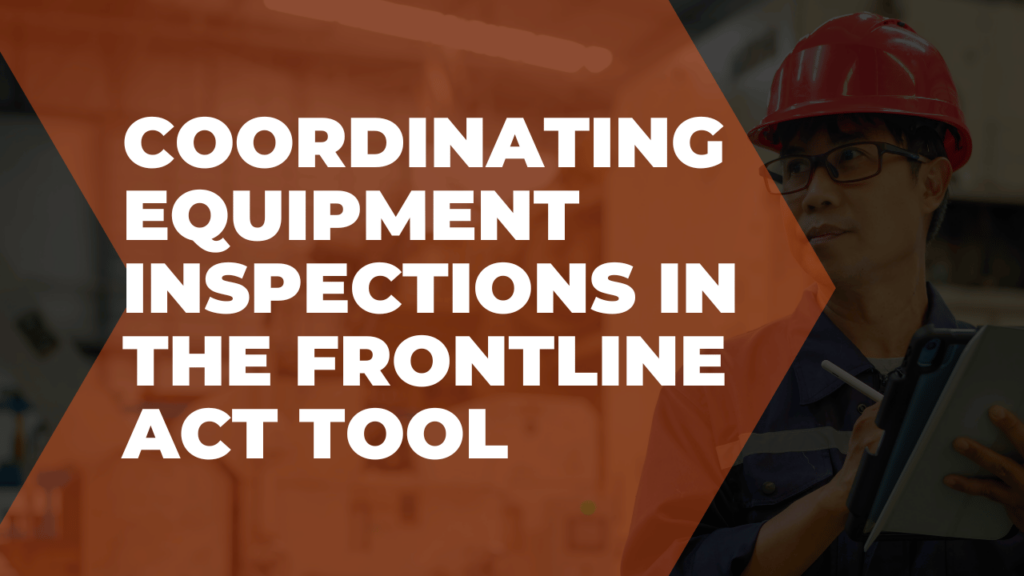Accident investigation and analysis are essential parts of any safety program. There are many reasons why it’s important to conduct an accident investigation after an incident, from identifying root causes to meeting regulatory requirements. A thorough analysis helps uncover deeper issues to prevent future incidents.
The bottom line is that you can’t prevent future incidents if you don’t deep dive into the past ones. And the second you respond to an incident, the investigation process should begin. Below are the accident investigation and analysis steps that you can follow to ensure you fully address the root causes.
Ensure the Safety of the Scene
The first and most important thing to do when conducting an accident investigation is to make sure that the scene is safe. For example, if someone fell because there is water on the floor, then it’s important to make sure no one else walks through the area until the water has been cleaned up.
You also need to ensure that all the workers, bystanders, etc. involved in the accident have proper care. Here are some things you can do to always stay prepared:
- Keep well-stocked first aid kits in each work area
- Teach workers how to react to incidents
- Establish a standard approach to injury triage
How you react to emergencies reflects the quality of your EHS planning. Don’t get caught off guard. Establish your approach before an incident happens.
Evaluate the Injured Employee(s)
The second thing to do is to evaluate any employee who may have been injured in the incident and provide them with whatever medical attention they may need.
Always follow the guidelines that your company has in place regarding workplace injuries. Be careful, however, not to prioritize those guidelines over getting an injured employee the medical attention they need.
Assess and Document the Scene
Once injured employees receive the medical attention they need, the next thing to do
is to evaluate the accident scene. Take pictures and measurements of all relevant conditions that contributed to the accident. This should include pictures not only of the environment but also any objects such as tools and other equipment in the vicinity.
Take enough pictures and notes to be able to recreate the scene later if needed. It might not be easy to remember if a guard was on the equipment, when the incident occurred, etc. two or three months after the fact. Having photographic evidence to refer to can be extremely helpful.
Interview Accident Witnesses
After assessing the scene, conduct witness interviews as the next part of your accident investigation and analysis. Complete the interviews as soon as possible to ensure that people can remember what happened with clarity.
It’s best to conduct interviews away from the accident scene in a controlled environment. Examples include conference rooms and closed-door offices. During your interviews, collect both verbal and written statements from the interviewees.
Perform a Root Cause Analysis
After gathering evidence from the accident scene, you can start your root cause analysis. Some of the most common methods of analysis are the five whys or a fishbone diagram. Determining the root cause is a critical step in the accident investigation process. Once you do this, you can begin the hard work of finding an effective solution.
One of the biggest mistakes you can make during this step is to assume there’s only one root cause. While you may be able to attribute one root cause on paper, there are no doubt many more nuanced issues to address. Don’t rush to find an answer right away. Make sure you collect and analyze all the facts carefully so your efforts to prevent future incidents are successful.
Free Template!
Perform a root cause analysis with this easy-to-use template from our resource library.
Take Corrective Action
The final step is to formulate corrective actions based on the results of your accident investigation and analysis. Your actions should focus on preventing future incidents of a similar nature from occurring.
You must assign each action to someone on your team and follow up until all actions are complete. The best way to do this is to log action items into a central tracking system. Corrective action software makes it easy to assign users within your company tasks and to see when they’re past due. In this way, you don’t have the burden of tracking everything manually.
You can’t skip this last step if you want to move forward from a workplace accident. Scene analysis and witness statements are useless without some sort of change to the processes, systems, or behaviors that caused an accident in the first place.





